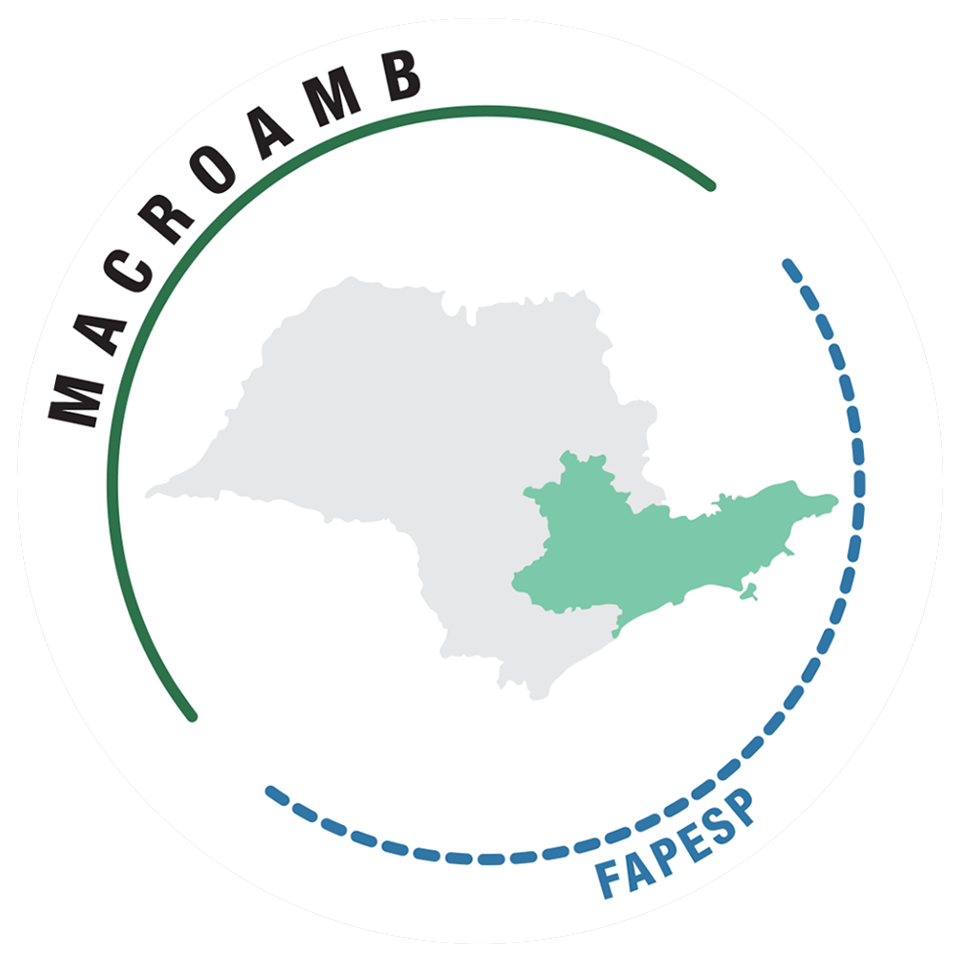Artigo: Spatial trends of extreme precipitation events in the Paraná River Basin.
Autores: ABOU RAFEE, S. A.; FREITAS, E. D.; MARTINS, J. A.; MARTINS, L. D.; DOMINGUES, L. M.; NASCIMENTO, J. M. P.; MACHADO, C. B.; SANTOS, E. B.; RUDKE, A. P.; FUJITA, T.; SOUZA, R. A. F.; HALLAK, R.; UVO, C. B.
Link de acesso: https://doi.org/10.1175/JAMC-D-19-0181.1
